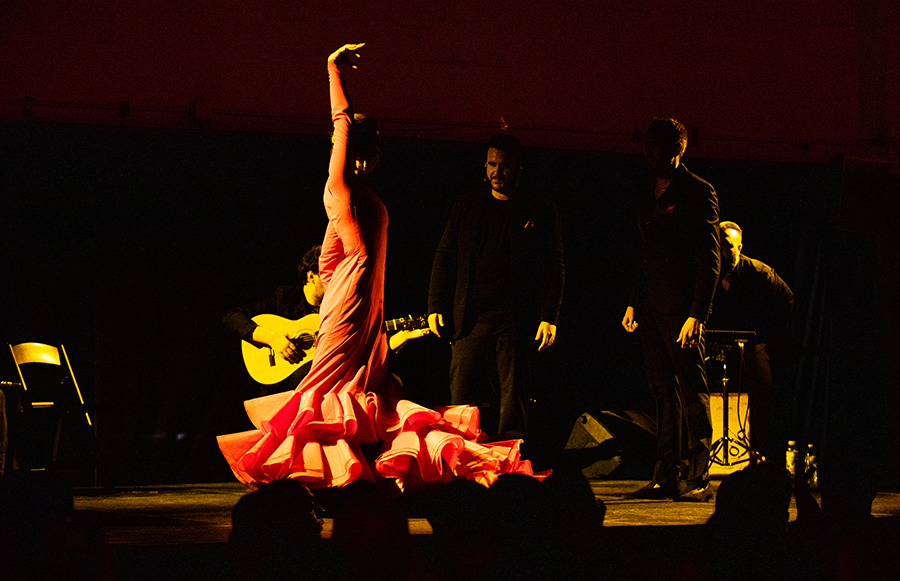Georgia
Martin Luther King, Jr. National Historical Park
A perfect place to start your tour of the Civil Rights Movement is the birthplace of the movement’s most famous figure, Dr. Martin Luther King, Jr. Run by the National Parks Service, Martin Luther King, Jr. National Historical Park is home to several significant settings throughout his life and history. Though the buildings within the park are currently closed, the park is still open to visitors, and you can view the buildings from the outside. Here, you’ll find the birthplace of Martin Luther King, Jr., as well as his final resting place. The park also contains the Historic Ebenezer Baptist Church, Fire Station No. 6, and the “I Have a Dream” World Peace Rose Garden. For a detailed description of the park’s points of interest, click here.

Alabama
The Civil Rights Movement awakened the entire nation to the realities of the injustices suffered by Black Americans. The legacy of the movement has deep roots in Alabama. Here are a few must-visit locations.
Birmingham Civil Rights Institute
The Birmingham Civil Rights Institute is another excellent place to begin (or continue) your journey to understanding the Civil Rights Movement, particularly Alabama’s part in it. As an affiliate of the Smithsonian Institute, the BCRI is committed to preserving Birmingham’s story while also encouraging continued cultural understanding. The Institute is open Thursday-Saturday from 10 a.m. to 3 p.m., but a virtual experience is also available. The current featured exhibit focuses on A.G. Gaston and his legacy. From humble log cabin beginnings, Gaston flourished into a successful entrepreneur and significant influence in the fight for integration in Birmingham.

Kelly Ingram Park
Right across from the 16th Street Baptist Church (another location worth visiting), there’s a beautiful open space filled with art. Kelly Ingram Park is full of gorgeous sculptures depicting those involved in the Civil Rights Movement. Visit commemorative statues of Dr. Martin Luther King and Reverand Fred Shuttlesworth and three art installations by James Drake. The Civil Rights Institute offers audio-guided tours of the park with extra history and explanations of the symbolism throughout the park.

Tennessee
Few places are as intoxicating as Memphis, Tennessee. The music, the culture, the art, and the food make this unique city a mecca for tourism. The city wouldn’t be what it is today without the contributions of Black Americans.
Beale Street Historic District
Beale Street, arguably the most iconic street in America, is the home of the blues. The Beale Street Historic District is a must-visit locale for anyone visiting Memphis. Visit the Withers Collection Museum and look through the nearly 1.8 million images taken by photojournalist Ernest Withers. The eclectic photo collection has everything from the Civil Rights Movement to legendary blues musicians in stunning black and white photos. Or, celebrate the father of blues W.C. Handy at a museum dedicated to him. Between museums, take a break at one of the several Black-owned restaurants, especially those specializing in soul food.

North Carolina
Greensboro, North Carolina is another city inextricably tied to the Civil Rights Movement of the 1950s and 60s. There are a number of sites to visit but here are some highlights.
F.W. Woolworth Building and International Civil Rights Center
In 1960, four Black college freshmen took empty seats at a whites-only lunch counter in the F.W. Woolworth Building (now part of the International Civil Rights Center and Museum). Ignored by the staff and taunted by the other patrons, the four men returned the next day with 19 supporters. Then the next day with 85. By the end of the week, they had nearly 400 supporters. The sit-in was emulated by others across the state. By summer, 33 North Carolina cities, including Greensboro, integrated their restaurants. Today, the lunch counter is open to the public and listed in the National Register of Historic Places. Next door to the famous lunch counter, the International Civil Rights Center and Museum educates visitors about the fight for civil and human rights both in Greensboro and around the world. The museum as several exhibits dedicated to the individuals that spearheaded the Civil Rights Movement. View virtually from home or book an in-person tour on the website.





